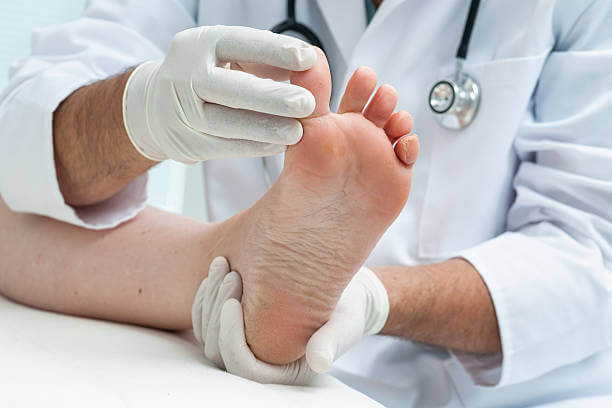Managing foot health is vital, and podiatrists are at the forefront in this regard. They have the tools and knowledge to diagnose and treat various foot deformities, a prominent one being bunions. In some areas, such as ‘bunion Mission Viejo,’ this problem is more common and requires attention. This blog will shed light on the methods podiatrists use to assess and treat such conditions. We will take you on a journey through the landscape of foot health, focusing on deformities and their remedies.
Evaluation Process
A podiatrist begins by examining the patient’s foot. They study walking patterns and foot alignment. They may also take X-rays. This look beneath the skin can reveal any structural changes or other hidden problems.
Treatment Options
Once the deformity is identified, treatment can begin. Non-surgical options are often the first line of defense. These include padding and taping, orthotic devices, and medication. If these prove ineffective, surgery might be considered.

Comparison: Bunion vs. Hammertoe
Let’s look at two common foot deformities: bunions and hammertoes. They are distinct conditions, but their symptoms can overlap. Understanding the differences is crucial for correct diagnosis and treatment.
| Bunion | Hammertoe | |
|---|---|---|
| Definition | Swellings or bumps that develop near the base of the big toe. | A deformity where the toe bends or curls downward instead of pointing forward. |
| Causes | Usually form due to prolonged wearing of narrow or tight shoes. | Can result from a muscle imbalance or arthritis. |
| Treatment | Padding, shoe inserts, and possibly surgery. | Orthotic devices, exercises, and possibly surgery. |
Conclusion
Podiatrists play a key role in maintaining our foot health. Their expertise in diagnosing and treating foot deformities helps countless individuals walk more comfortably and live better lives. Always remember, ‘a journey of a thousand miles begins with a healthy foot.’




